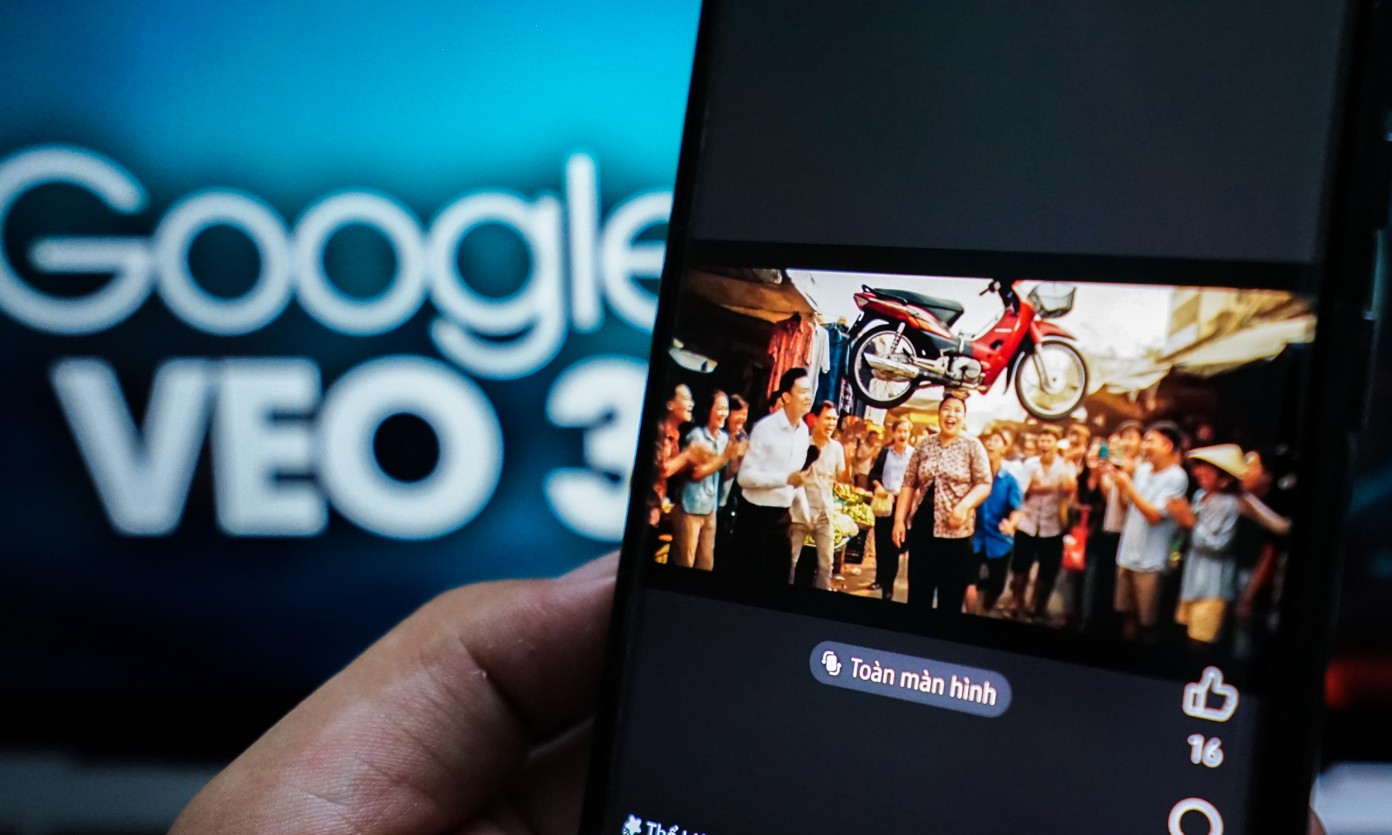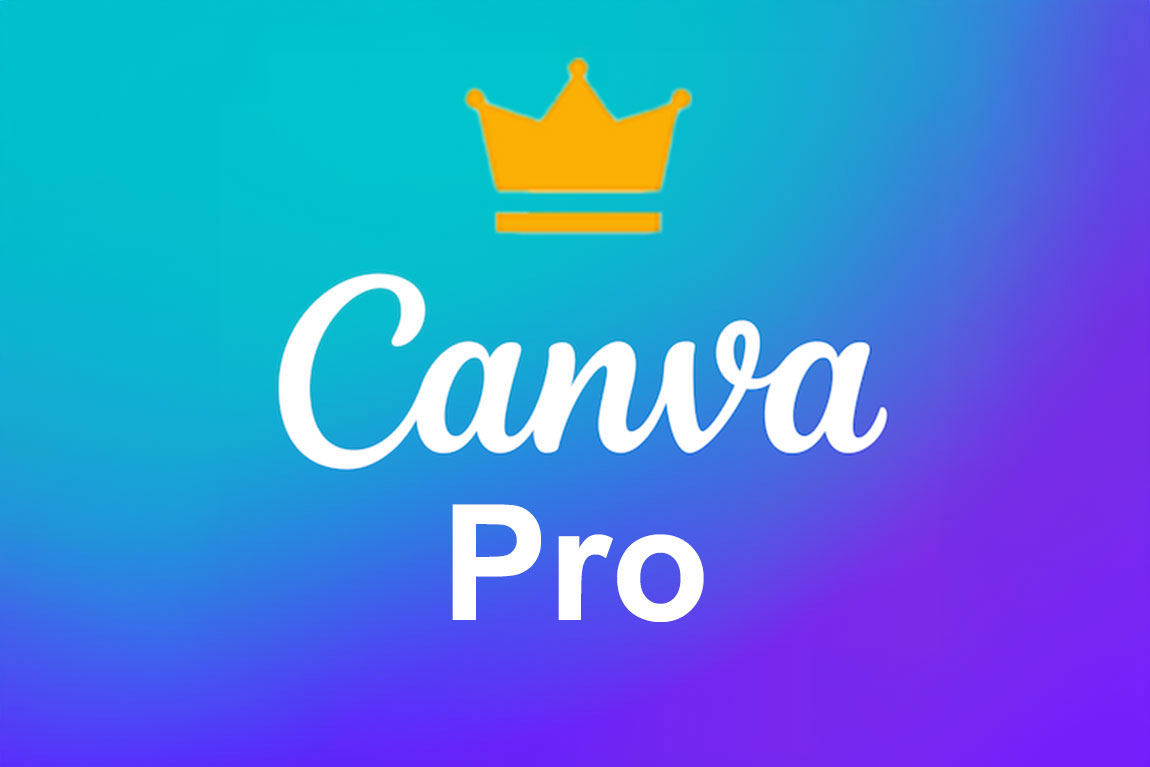Best Selling Products
Seniors Are Becoming More Addicted to AI Videos: Time-Saving Entertainment But Full of Pitfalls
Nội dung
If in the past, when talking about the entertainment habits of the elderly, most people often imagined parents passionately watching football, watching long-running series or enjoying traditional opera and music, now a new trend has quietly formed.

In the era of strong digital technology development, artificial intelligence (AI) is increasingly present in our daily lives. From information search applications, entertainment content suggestions to image, sound and video creation tools, AI has become a familiar companion, sometimes even closer than we think. If in the past, when mentioning the entertainment habits of the elderly, most people often imagined the scene of parents passionately watching football, watching long series or enjoying traditional opera and music, now a new trend has quietly formed: many elderly people are gradually being attracted to short videos created by AI.
It is worth mentioning that the audience that is considered “difficult to approach” with technology are the ones who spend hours every day listening, watching and believing in videos with artificial voices, storytelling, movie summaries or even long-term cases. To learn more, the reporter contacted and talked with some elderly people. Through that, the picture of this new entertainment trend appeared more clearly, with positive aspects and potential dangers that cannot be ignored.
1. Simple, accessible entertainment
After the age of 50, 60, many people have gradually passed the busy stage with work and children. They have more free time, along with the need to find spiritual joy, simple and convenient forms of entertainment. If watching a long series requires patience and a fixed time budget, AI video offers a much more flexible option.
Ms. Dang Thi Trang, 60 years old, living in Ho Chi Minh City, shared her experience: “While cooking or doing housework, I can still leave my phone next to me and look over from time to time. The voice is familiar and the content is close to reality, so it is easy to like.” For Ms. Trang, taking advantage of the time spent cooking to work and listen to storytelling videos or movie reviews is like a new habit, replacing the old radio. The artificial voice of AI, although not completely like a real human voice, brings a pleasant feeling and does not make her feel strange.
.jpg)
Not only women, older men also find similar joy. Mr. Le Phu, 58 years old, also in Ho Chi Minh City, frankly shared: “Being idle is also boring. Women are especially curious, 'strange but true stories', 'unbelievable' things easily attract people to watch”. For him, short videos of a few minutes, telling strange stories, mysterious phenomena or sensational cases bring a feeling of attraction no less than TV dramas. In fact, because of the short duration and concise content, he even feels like he saves more time.
A common feature of this audience group is that they often take advantage of their free time to watch AI videos. While waiting for a bus, sitting in a coffee shop, taking a lunch break, or even when they have nothing to do, they easily turn on their phones and scroll through a few clips to kill time. For the elderly, these videos are not only entertainment but also a spiritual medicine, helping to dispel emptiness and loneliness.
It can be said that the convenience and accessibility are the factors that make AI videos win the hearts of the elderly. Instead of having to watch dozens of long episodes, they only need a few minutes to grasp the entire content of a movie, a story, or even a case. This short form of entertainment has unintentionally become a gentle but attractive "addiction" for many people.
2. Gaps in AI Content Awareness
While the above benefits bring excitement to viewers, a worrying problem gradually emerges: many older adults are completely unaware that the content they are consuming is created by artificial intelligence.
Ms. Trang frankly admitted: “I just opened it to look, not paying attention to who created it.” For her, the content is more important than the origin. Similarly, another man interviewed also believed: “This must have been made by humans, it was quite elaborate.” These shares show a big gap in perception: the majority of viewers do not distinguish between human products and AI products.
.png)
This is not just harmless confusion. When older adults cannot distinguish between what is real and what is fake, they are vulnerable to exploitation. In fact, there have been many cases where videos have been elaborately created with AI to create emotions, arouse curiosity and motivate viewers to take certain actions, such as buying something, clicking on an ad or even falling into a scam.
A typical example is the story of the parent of the reporter who wrote this article. When seeing a video introducing a new variety of melon, advertised as being able to harvest with high yield after only one month of planting, the illustrations were extremely beautiful with a field of melons laden with fruit. Trusting these images, the parent ordered seeds. As a result, after many months of planting, not a single seed germinated. The images in the video turned out to be artificially generated by AI.
This is not an isolated case. In fact, AI content can trick viewers into believing they are receiving accurate information when it is actually a product of their imagination. For older audiences, who are less likely to verify and more likely to believe what they see, this risk becomes even more alarming.
The consequences of unselective reception do not stop at losing money due to fraud. It also affects trust, perception and evaluation of events. When accustomed to receiving information "fast - concise - strange" from AI videos, viewers easily ignore accuracy, underestimate reliability, and gradually form a dangerous habit: believing anything told, as long as it is attractive and close.
3. Convenience Comes with Information Responsibility
It is undeniable that AI brings a new, modern form of entertainment suitable for many audiences, including the elderly. Videos created by AI with clear voices, concise and easy-to-understand content have helped the elderly approach technology in a gentle, uncomplicated way. This can be seen as a positive point, because in many aspects, technology is gradually eliminating generational gaps.
.png)
However, this convenience also raises the need for responsibility in the production and consumption of content. As AI becomes more involved in the process of generating information, the line between truth and falsehood, accuracy and bias becomes more blurred. For older audiences, who are less likely to verify and more likely to believe what they “see and hear,” the risk of being led and manipulated is even greater.
To limit risks, coordination from many sides is needed. Content publishing platforms should have a more transparent mechanism for labeling AI videos, making it easier for viewers to recognize. Producers also need to be responsible, avoiding exploiting AI to create fraudulent videos or false content. Most importantly, viewers themselves need to form the habit of being alert, knowing how to ask questions, and knowing how to verify before believing and acting on any content online.
4. Conclusion
The advent of AI video has provided a convenient, accessible form of entertainment that has helped many seniors feel less lonely and more connected and joyful in their daily lives. Instead of sitting in front of the TV for hours, they can enjoy new content while doing housework. This is clearly a bright spot for technology.
.png)
However, behind that simple joy are risks that cannot be ignored. When older people do not have the ability to distinguish between real and fake content, they can easily become victims of sophisticated scams. Seemingly harmless entertainment habits can lead to unwanted consequences, from losing money to damaged trust.
Therefore, AI video entertainment only brings real value when viewers know how to choose correctly, when they are aware that not all content is trustworthy. Technology always has two sides: it is a useful tool, but it can also become a double-edged sword. The problem is not AI but how people receive and use it.
The elderly can absolutely enjoy the joy of AI videos, as long as they are accompanied by sobriety, the habit of verifying information and the ability to select. Only then will technology truly become a trustworthy companion, bringing many positive values to life instead of unpredictable risks.












































